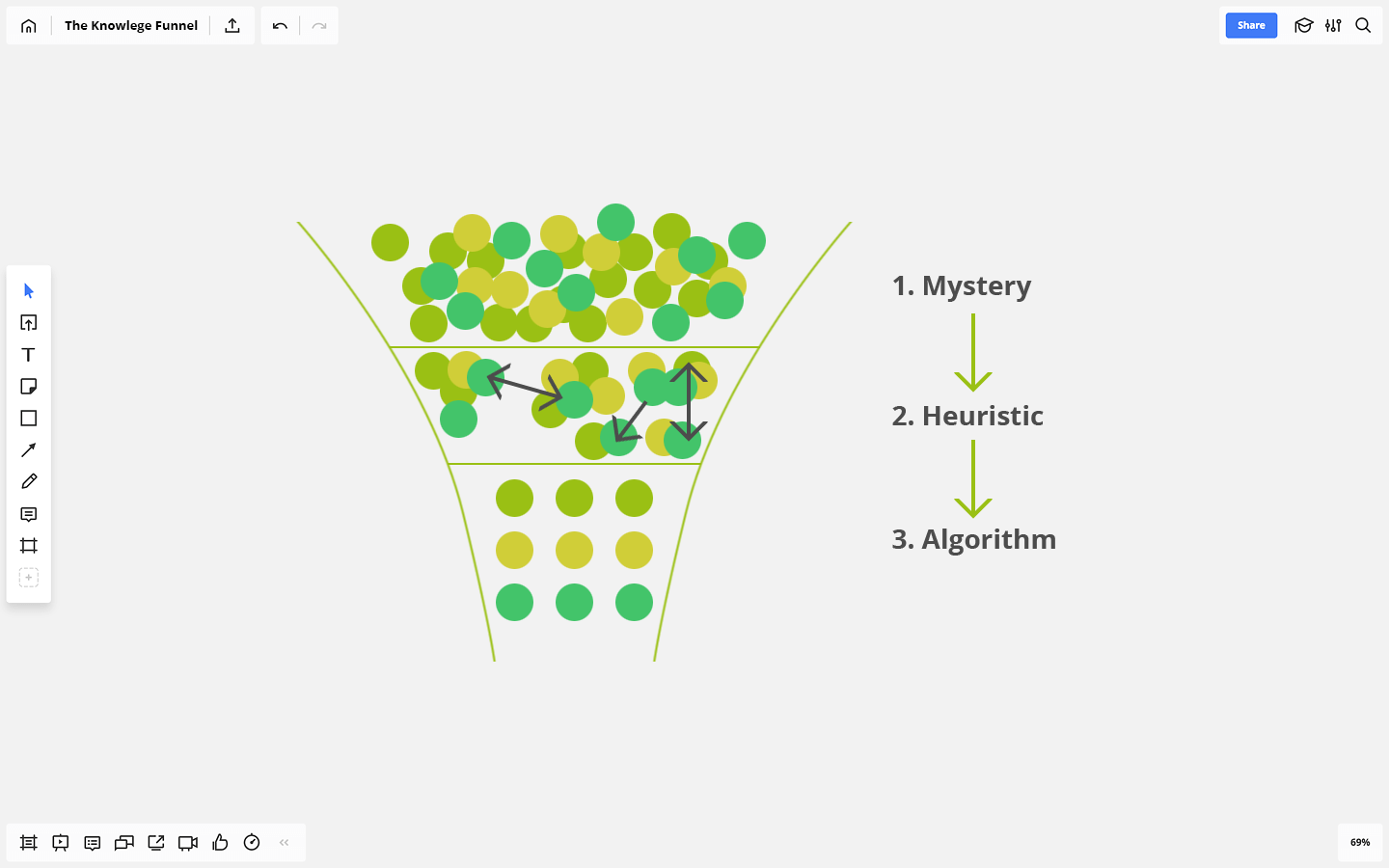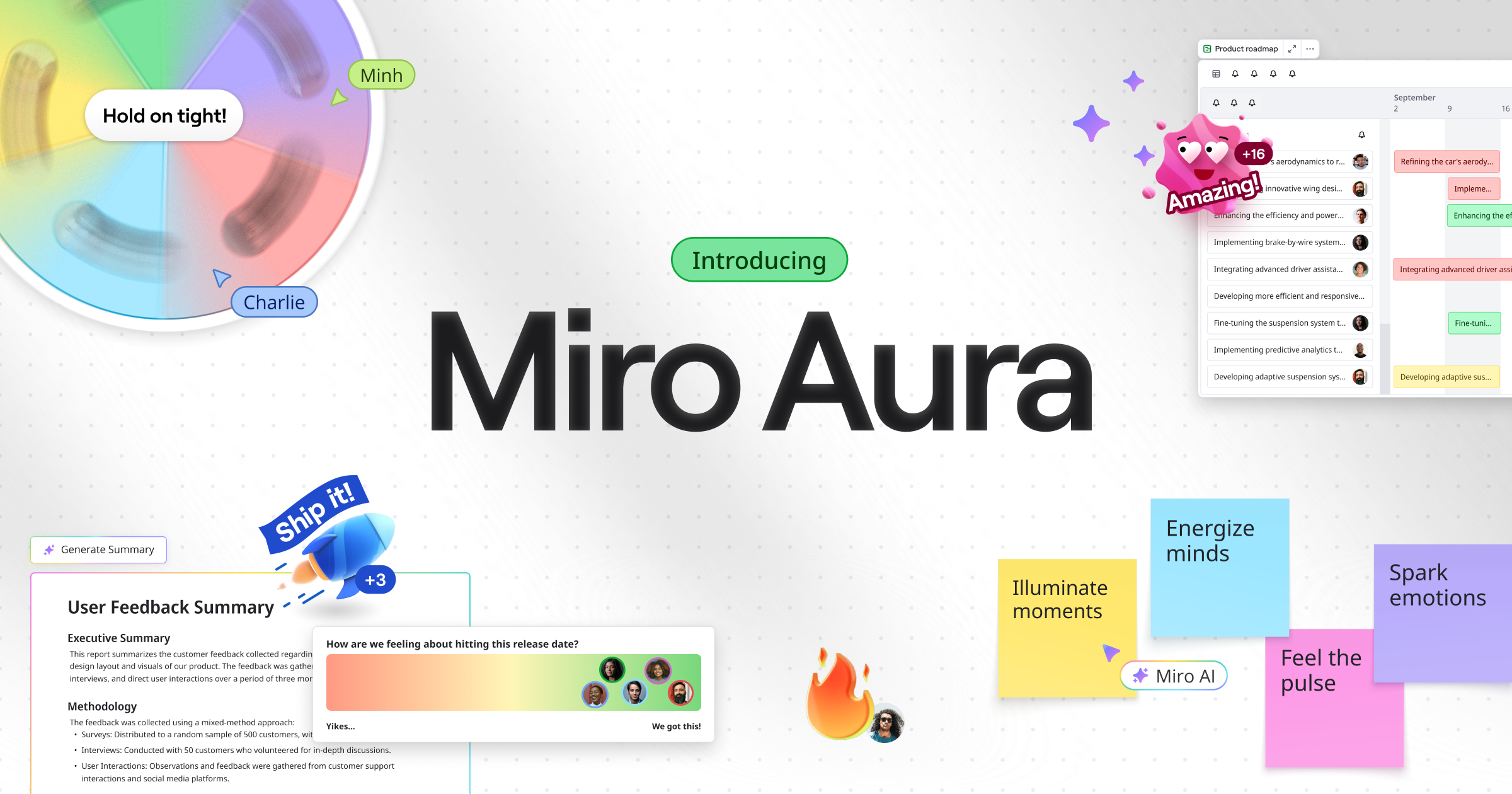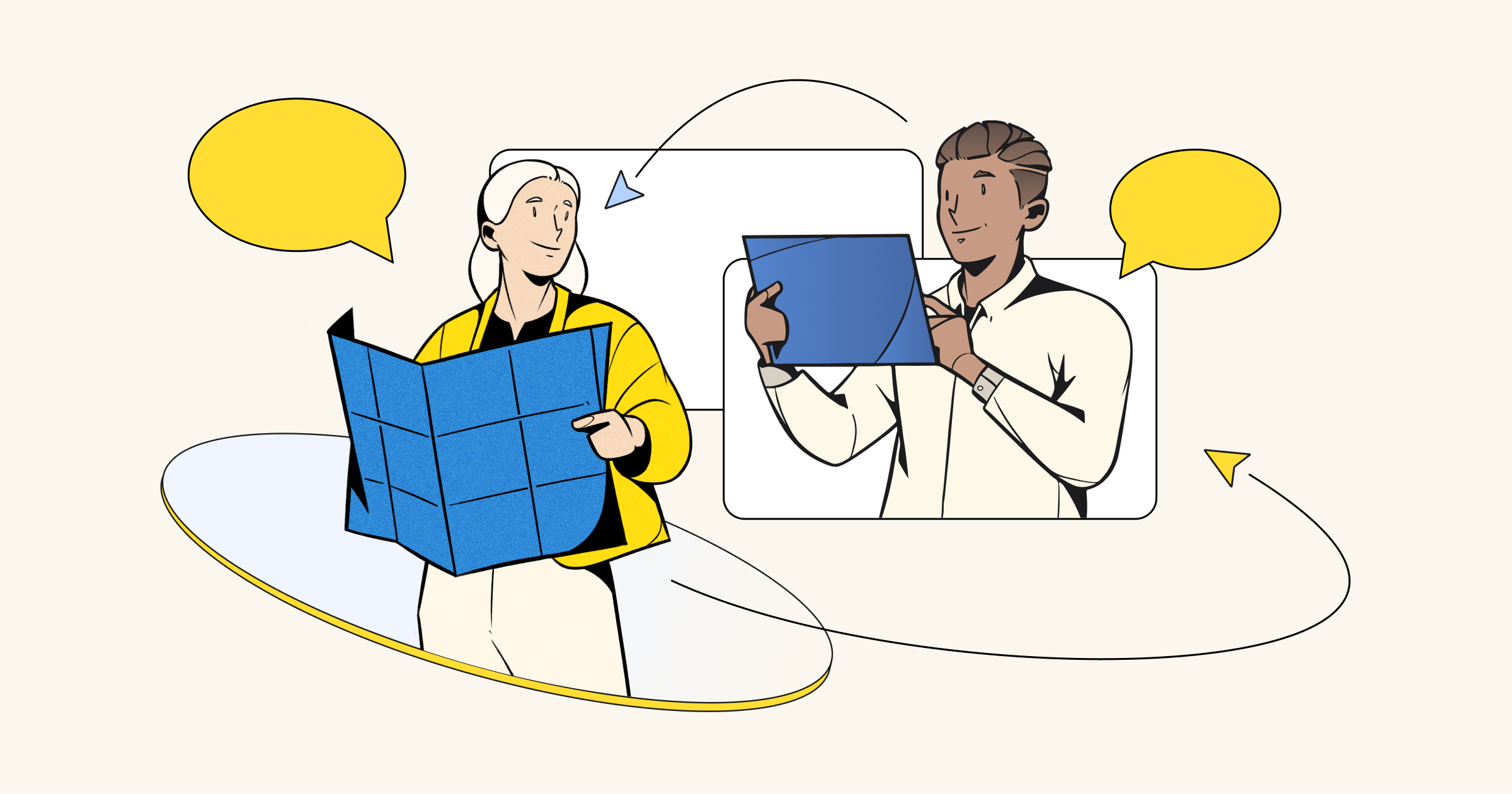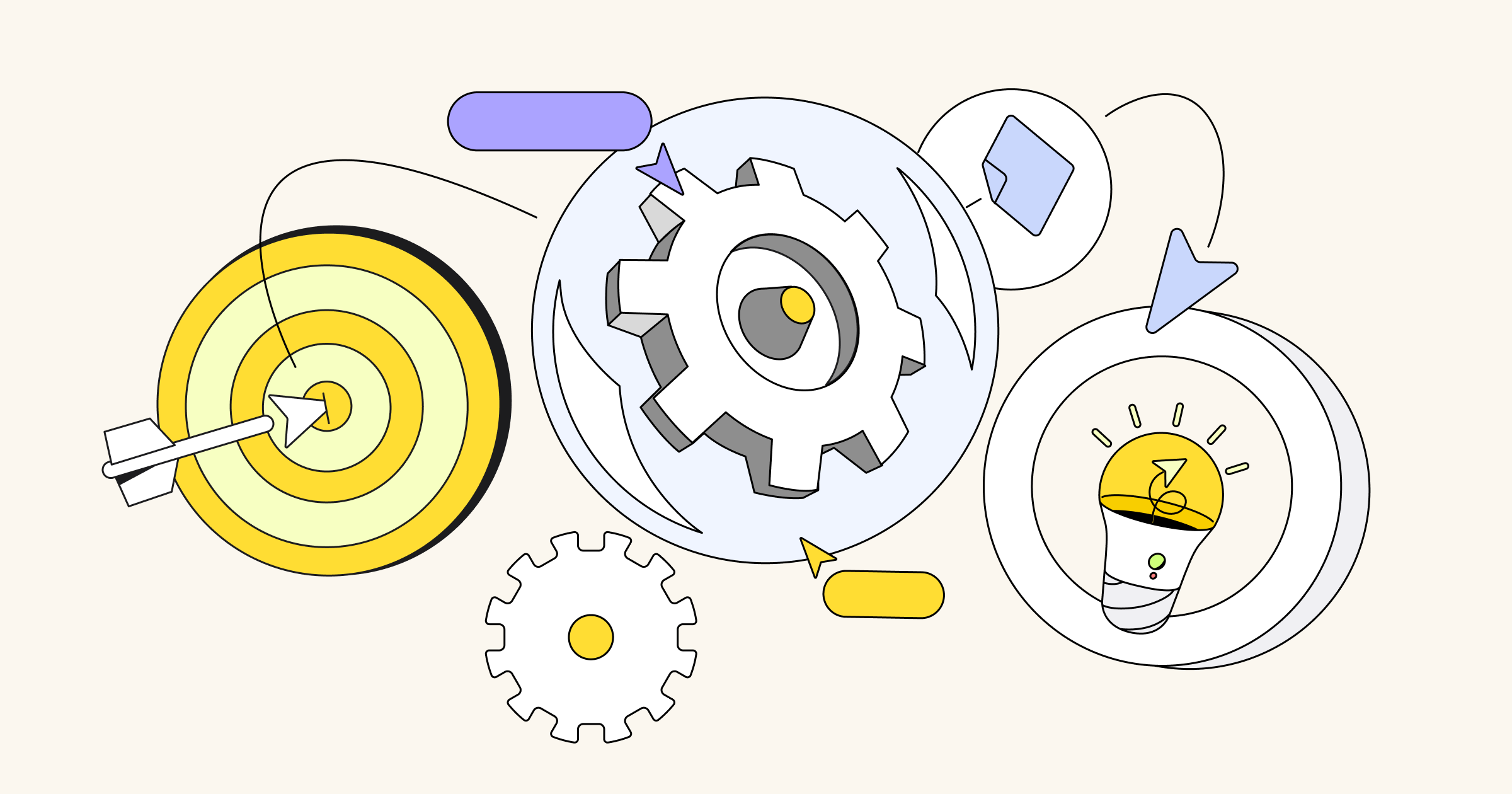This is a guest post by Judit Kertesz, management consultant and design thinker.
Last week I went to a presentation with a friend where we heard about some draft pilot projects implemented with the design thinking process. The presentation team consisted of different people: an HR specialist, a designer, a strategy consultant and an engineer. The presentation introduced a pilot tool which could support any group of people who are willing to organize learning groups, meetups and general “learning together” events.
When the presentation ended, my friend – who happens to be a web designer – asked me: “I like the idea, but where was the design?”
I told him: “It was there, in their thinking process”.
Those who have already heard about design thinking know that it is a human-centered method used in problem solving. But it is much more than that.
What is the design thinking process?
Design thinking is not a linear process that has certain milestones and where the steps are undertaken sequentially. Instead, it is an iterative process where steps may loop around between stages. In the end, insights and possible solutions are constantly fine-tuned, and as a result, a sustainable, feasible and viable product, service, or process is developed.
The term “design thinking” was popularized by Roger L. Martin (Rotman School of Management at the University of Toronto), Tim Brown and David Kelley (IDEO), and developed further by Stanford’s d.School, an institution devoted to design thinking. It’s a different way of problem solving which brings in the human factor to find out what works. It aims to empathize with users and understand their needs, involve them in brainstorming and problem solving processes, build on their feedback in the final service or product, then test and verify innovative solutions with them.
Next, we’ll discuss the background and basics of design thinking and the reason why it can be a competitive advantage.
How can knowledge be boosted forward?
In his book Design of Business, Roger L. Martin discusses the idea of a “knowledge funnel”, which introduces the evolution of knowledge (let’s not call it innovation). Imagine that there is a problem or issue that we would like to solve.

- During the first stage, we don’t know what kind of signs to look for — there are no such cases, no best practices to read. We are in a grey fog. He calls this stage a “mystery”.
- During the next stage, we still don’t have a clear problem statement, but at least we know what we need to pay attention to, which means that we “drop out” the useless information and try to concentrate on the important parts (this stage is called ”heuristic”).
- When our goal is getting more clear we create algorithms that can be easily automatized, and work according to pre-set rules.
For businesses finding the right algorithm can mean success short- or medium-term, but long-term, it is more important to advance the knowledge forward and come up with new solutions, new answers to problems that haven’t answered before.
Analytical vs. Intuitive thinking
Let’s suppose that there are two kinds of people: analytical and intuitive thinkers. They have totally different characteristics.
Analytical thinkers hold and refine the knowledge that they already know at the current stage. They don’t like the mystery stage — they are aiming to move from the “we don’t know anything about this” stage to creating algorithms quickly in order to automatize processes so they can predict the results, calculate ROI and be sure that everything will go according to plan. They apply inductive reasoning (proving what is already known) and deductive logic (proving what should happen). In other words, they analyze the past experiences to predict the future. Their magic word is reliability. Business people are said to be more analytical thinkers.
Intuitive thinkers tend to see things differently. They are more sensible and they are happy in the mystery stage. They are concerned with how things ought to be. They are happy to explore new areas, and the possible solutions of the problems are based on their feelings without any reasoning. Their magic word is validity, meaning that if you do something, it produces the results that you want. Designers are said to be intuitive thinkers.
These two types of thinking are two extremes and applying only one of them will not advance knowledge. Analytical thinking is based on past data, so we can hardly imagine that applying only this kind of thinking will come up something genuinely new. Solely intuitive thinking might also have some risks, for example the illusion of validity, which is a cognitive bias, meaning that it results in the overestimation of an observation’s long-term outcome (described by Daniel Kahneman and Amos Tvertsky, Nobel Prize psychologists in 1973).
The best combination: Design thinking
Design thinking is the productive mixture of analytical and intuitive thinking. It involves enough viability to enable to move the knowledge forward and keep up with the changing needs of the users and enough reliability for corporate minds as well. In other words it takes the the invention of the future from intuitive thinking and some parts of the inductive and the deductive reasoning from the analytical thinking.

As CEO and president of IDEO Tim Brown says:
“Design thinking is a discipline that uses the designer’s sensibility and methods to match people’s needs with what is technologically feasible and what a viable business strategy can convert into customer value and market opportunity.”
Turn the future into the past – competitive advantage
For a design thinker, probably abductive reasoning is one of the most important tools of problem solving. Abductive logic takes the invention of the future from intuitive thinking by understanding a certain problem, and empathizing the users’ point of view, design thinkers ask:
“What might happen?”, and “What if …?”.
Taking into consideration technologically feasible and viable possibilities business-wise, design thinkers might say “I have a prediction about the future”. But as we know, new ideas cannot be proven in advance. By applying a design thinking approach, it’s possible to try these ideas in advance by showing them to the users and testing them (prototyping). During testing, the most important thing is to try the “prediction” with the right users, who can provide reliable and valid feedback according to which the prototype can be modified. This way, design thinkers can turn the predicted future to the past and find a competitive advantage.
The design thinking process
Firstly, I would like to point out that the application of the design thinking approach requires a completely new mindset, patience, openness to new knowledge and to work in a multidisciplinary team. If we bear with these prerequisites, we can apply design thinking as an approach in many areas of our life: we can use it to tackle social issues, business challenges, upgrade public services and we can even design our lives with this approach.
Wherever you apply design thinking approach you should follow these steps:
Step 1: Try to understand what is going on and look for the needs
Explore the environment, get to know the stakeholders, stay with them, talk to them, listen to them, try to understand the whole situation. Don’t forget that this is a human-centered approach, which means that you need to understand the ’humans’ (users/ customers, etc.) who are affected by the activities you’d like to upgrade or change. You need to empathize with them, find out their needs in a sensible way. In the end of this phase you must have a lots of insights that can be shown on a variety of tools (customer journey map, user persona, service blueprint, empathy map templates, etc.), depending on the type of service/ issue that you are designing.
Step 2: Decide what is the main problem that you are actually solving – be focused
I think this is one of the most important points in the beginning of the process — to set the focus. After collecting insights in the first step, we can create a so called “point-of-view” statement or question. Such a question sounds like this: “How might we encourage children to eat healthy food at school?” The question includes the user, the need and the insight. If you work in a creative place (or are lucky enough to have a design thinking room), you can write the POV on a poster and stick it on the wall, so you won’t forget it during the process.
There is a great startup quote: “Fall in love with the problem, not the solution”.
Step 3: Ideate, go crazy
Go outside into nature, talk to people from other disciplines/ professions. It is important to talk with other people, there is no such thing as “your” idea. With thorough understanding and focusing on the problem, the design thinking approach helps you to create possible solutions, which are desirable (i.e. meets the user’s needs), technologically feasible and economically viable, so they can be converted into customer value and market opportunity. If you are upgrading an existing service, involve the stakeholders in this ideation. This way, you can ensure ownership.
Step 4: Prototype your ideas and ask for feedback
You can prototype your possible solutions with different tools. The only limit is the creativity — lego, paper, storyboards, glue, theater, etc. Really, anything can come up here as a model to the solution. You should show your prototype to future users in a design thinking presentation, ask for their feedback and modify your model. Don’t forget that design thinking is an iterative approach, which means that you may go back to the previous steps anytime and refine the process. Failing is a good sign in this case: it means that you are on the way to find the best solution.
Step 5: Implement the solution
When your prototype is refined enough, you can implement the service or process that you were working on. Since you have involved the users in the design process, the ownership should be ensured, and the project’s sustainability is more likely, as well.
About the author
Judit is an management consultant professional with over 8 years of experience. She is also a design thinker, learning and experiencing a lot in this area. Judit has gained her consulting experience at a Big4 company and now she combines her background as strategy consultant and project manager with design thinking and service design.
Since 2014 she has been freelancing and working on different fields as a project manager, strategy and creativity consultant in multinational and multidisciplinary teams. She believes that design plays an important role in the future of innovation.
Judit is also interested in psychology, management, knowledge sharing, mentoring, and storytelling in business. She is also a hobby photographer, and also loves baking cakes and cookies. Her hometown is Budapest, Hungary, but she likes travelling around and discovering different cultures.


